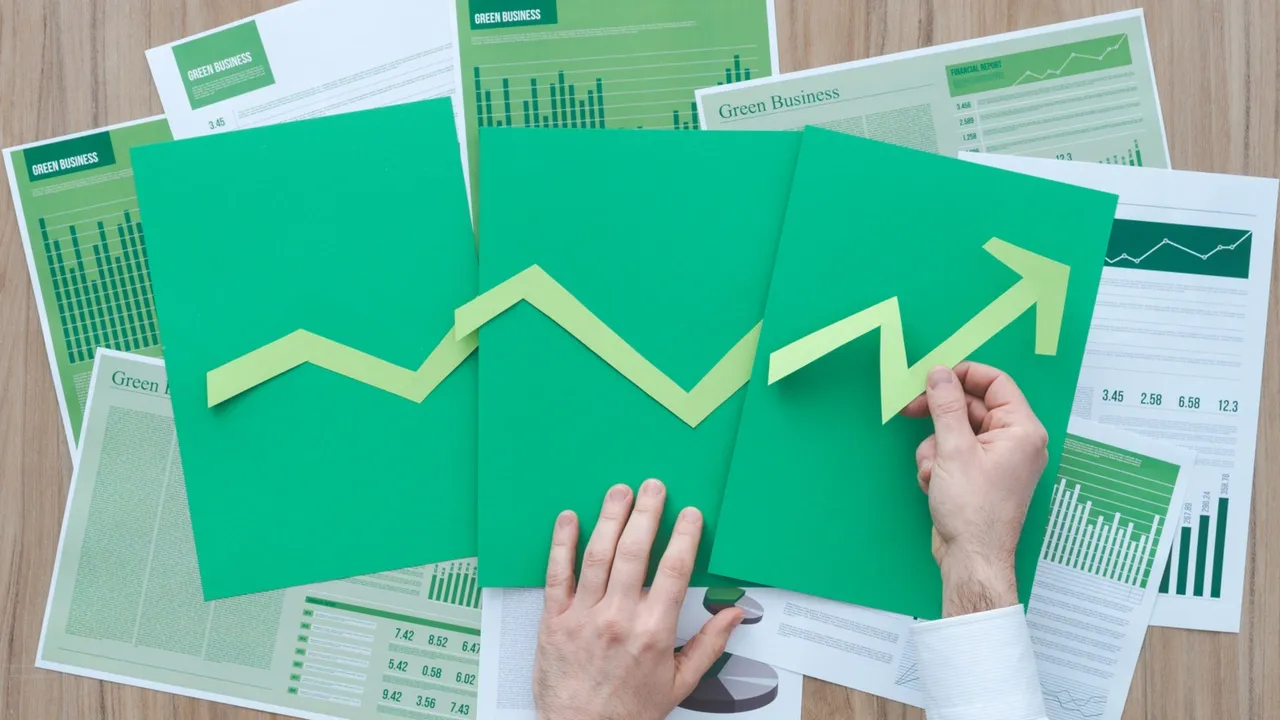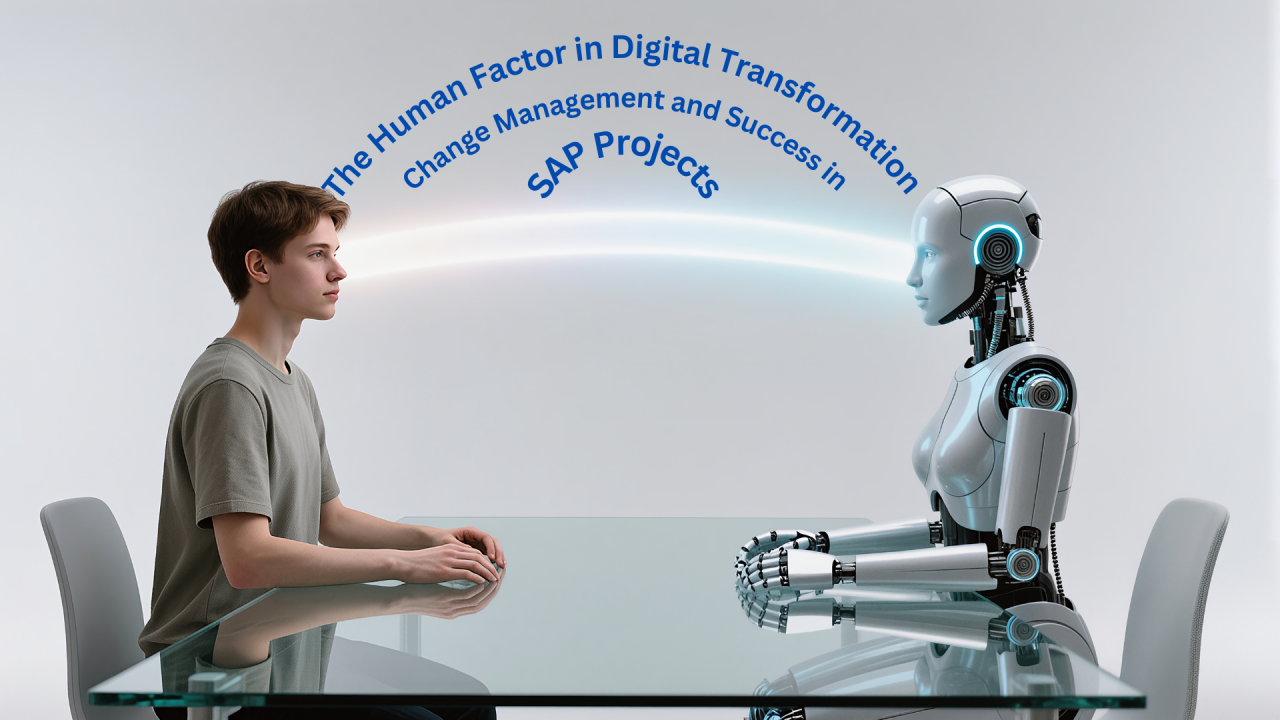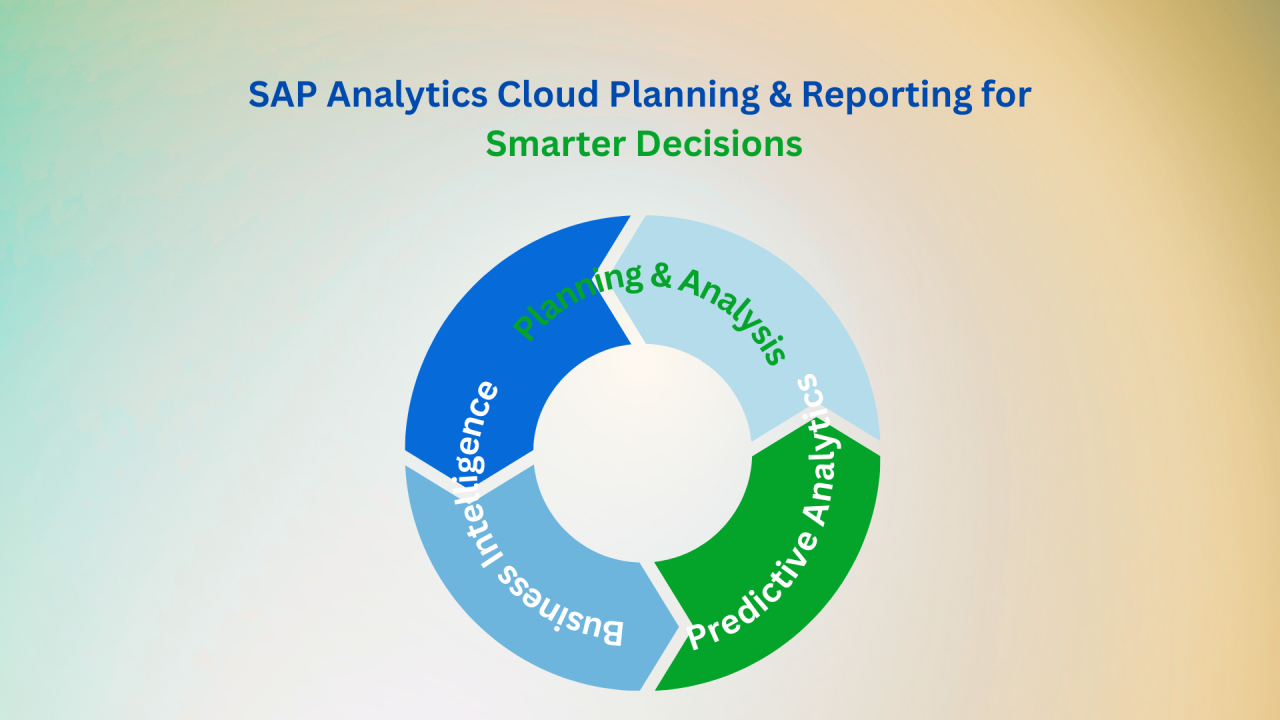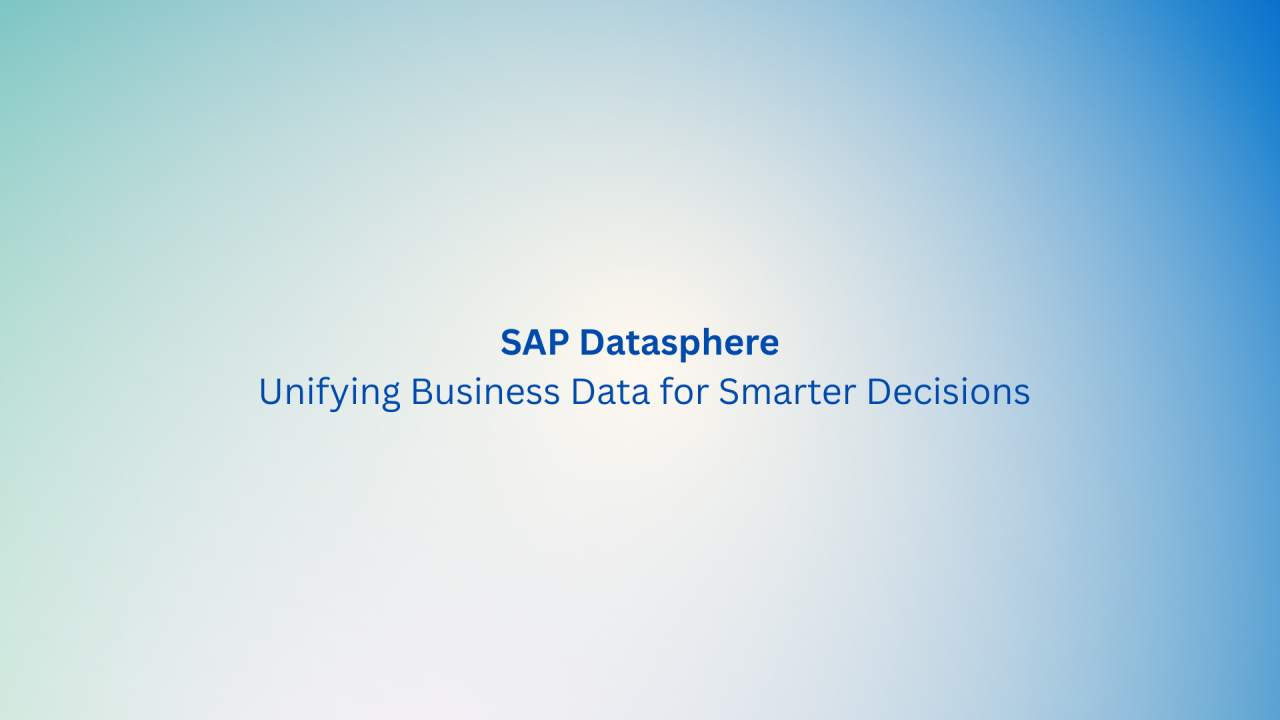As the global economy faces increasing pressure from climate change, social inequality, and shifting stakeholder expectations, sustainability is no longer optional—it’s essential. Modern businesses must balance delivering financial performance with demonstrating their commitment to sustainability.
SAP is a powerful weapon for companies of all sizes, enabling them to embed sustainability into the core of their operations.However, sustainability in business isn’t just about taking environmental responsibility; it encompasses a broad spectrum of Environmental, Social, and Governance (ESG) criteria – each of which defines a company’s ethical and sustainable impact. SAP gives enterprises the tools they need to ensure compliance and transparency while tracking measurable progress. In this edition of our newsletter, we explore how sustainability drives innovation, resilience, and trust.
You’ll also discover how SAP can become your strategic partner when building a sustainable business.
What is a Sustainable Business?
Many businesses will say they’re eco-friendly, but a truly sustainable business will integrate ESG factors into every operational touchpoint, including:
- Reducing Environmental Impact: Managing resources efficiently, lowering emissions, and other practices that reduce a company’s environmental impact.
- Ensuring Social Responsibility:Community engagement and fair labour practices.
- Enforcing Robust Governance:Ensuring compliance with set standards and ethical decision-making.
These businesses are purpose-driven, forward-thinking, and align with global frameworks like the UN Sustainable Development Goals (SDGs).

How Does SAP Support Sustainable Business Models?
SAP delivers enterprise solutions that help organisations:
- Track ESG Metrics: Monitor emissions, water usage, labour practices, and more.
- Ensure Transparency: Provide traceable, auditable data across the value chain.
- Align with SDGs: Map organisational KPIs to global sustainability benchmarks.
- Enable Circular Economy Models: Through supply chain redesign and resource optimisation.
When businesses leverage platforms like SAP Sustainability Control Tower and SAP Cloud for Sustainable Enterprises, they can gain valuable insights that reduce risks and build resilience.
Why is Sustainability Critical for Long-Term Business Strategy?
- Regulatory Compliance: Stricter regulations from governments and global institutions require companies to ensure compliance. Being proactive with ESG avoids penalties and ensures your business remains market-ready.
- Stakeholder Expectations: Investors, customers, and employees now demand purpose-driven action.
- Risk Mitigation: Sustainable practices help future-proof businesses against environmental and societal disruptions.
- Innovation Catalyst: Sustainability fosters product, service, and business model innovation.
Fact: Companies that embed sustainability into their DNA often achieve financial growth and maintain stronger brand equity than those that don’t make sustainability a focal point.
Industry Examples: Where Sustainability Takes the Lead
- Retail: Optimising logistics to reduce emissions, using ethically sourced materials.
- Manufacturing: Implementing energy-efficient operations and circular design principles.
- Financial Services: Prioritising ESG-based investments and green financing models.
- Supply Chain: Ensuring equitable access and minimising environmental footprint.
SAP’s sector-specific tools empower these industries to align core functions with sustainability targets.
Benefits of Using SAP Analytics Cloud for Sustainability Planning
- Reduced Manual Effort in Target Setting: Traditionally, setting sustainability targets across an organization involves time-consuming data collection and analysis. SAC automates much of this process, reducing manual effort and minimizing the risk of human error. By streamlining target setting, businesses can focus on strategic decision-making rather than administrative tasks.
- Accurate Estimation of Targets at All Levels: SAC’s ability to set targets at multiple levels within the organization ensures that sustainability goals are aligned across departments, regions, and even product lines. This capability provides businesses with the agility to adapt their plans as needed while maintaining a clear focus on their long-term sustainability objectives.
- What-If Simulations and Predictive Estimations: SAC’s powerful “What-If” simulation capabilities allow businesses to explore different scenarios and understand the potential outcomes of various sustainability strategies. For example, organizations can simulate the financial impact of investing in renewable energy or reducing carbon emissions. These simulations provide valuable insights into how different actions will affect both sustainability and financial outcomes, helping companies make more informed decisions.
- Improved Accuracy and Consistency: By leveraging SAC’s real-time data and advanced predictive features, businesses can set more accurate sustainability targets. This improved accuracy helps organizations avoid the pitfalls of overly ambitious or unrealistic goals, ensuring that they stay on track to meet their financial sustainability commitments.
How SAP Analytics Cloud Drives Financial Sustainability
The combination of SAC’s predictive analytics, real-time data access, and advanced planning features makes it an essential tool for organizations looking to achieve financial sustainability. By providing a unified platform for managing both financial and sustainability goals, SAC helps businesses navigate the complexities of modern ESG expectations while ensuring long-term profitability.
Thekey benefitsof using SAP Analytics Cloud for financial sustainability include:
- Data-Driven Decision-Making: With SAC, decisions are no longer based on guesswork or outdated information. Instead, businesses can rely on real-time data and predictive insights to make informed choices that align financial performance with sustainability goals.
- Enhanced Agility: In a rapidly changing business landscape, the ability to adapt quickly is critical. SAC’s flexible target setting and scenario planning capabilities enable businesses to respond to new challenges and opportunities, whether related to regulations, market trends, or sustainability initiatives.
- Long-Term Value Creation: By integrating financial planning with sustainability strategies, SAC helps organizations create long-term value. This approach not only supports regulatory compliance but also enhances brand reputation, investor confidence, and overall business resilience.
Conclusion
Sustainability cannot be a siloed initiative—it must become a core objective across an entire organisation. By leveraging SAP, you can join other companies enjoying seamless transformations. With the right tools and strategies, your business can become more resilient, innovative, and aligned with the needs of a changing world.
Thank you for reading this newsletter. In the next issue, we’ll explore real-world case studies of businesses using SAP to power their sustainability transformation.
If you’re ready to take your sustainability journey to the next level, our team is here to help.
Learn more about SAP’s sustainability solutions and how they can shape a better future—for your business and the planet.





